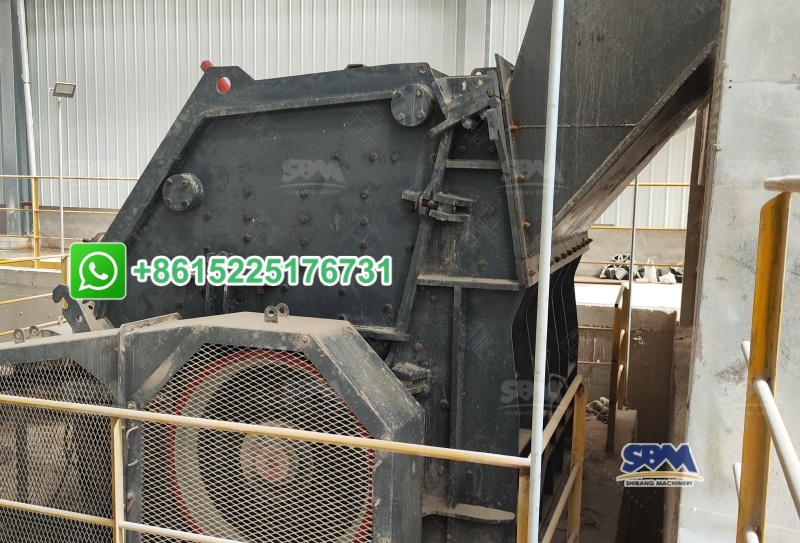
An impact crusher works by using rapid impact force to break down materials such as rock, concrete, asphalt, and minerals. Material is fed into a chamber containing a fast-spinning rotor fitted with hammers or blow bars. As the rotor spins, it hurls the material against stationary impact plates, shattering it into smaller pieces. The process repeats as material bounces between the hammers, the impact wall, and other particles until it is small enough to pass through the discharge opening at the bottom.
Main Steps in Operation
-
Feeding: Material enters through a feed opening or hopper.
-
Crushing: The high-speed rotor strikes the material with hammers or blow bars, launching it into the impact plates (aprons).
-
Fragmentation: The material is broken by the impact and by bouncing among the plates and other pieces.
-
Discharge: Once the pieces are small enough, they exit through the discharge port. The final particle size can be adjusted by changing the distance between the rotor and the impact plates.
Key Components
-
Rotor: Spins rapidly, equipped with blow bars or hammers.
-
Impact plates (aprons): Stationary surfaces that material collides with for further breaking.
-
Feed opening: Regulates the maximum input material size.
-
Curtain or liner: Adjustable to control product size and shape.
Impact crushers generally produce cubical-shaped end material and are ideal for aggregate, mining, and recycling operations where shape and gradation control are important.